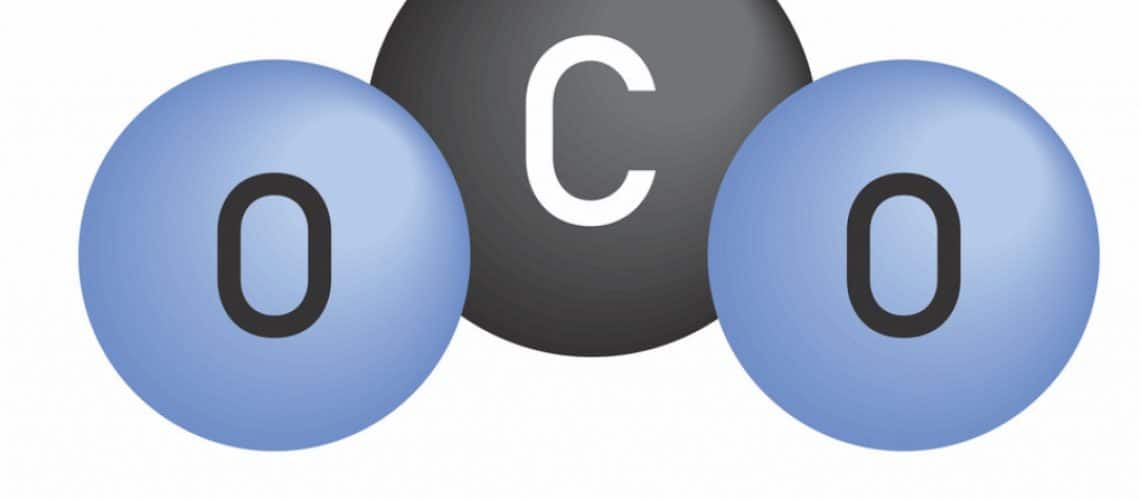What Makes CO2 the Future of Refrigerants?

Ever since the Montreal Protocol and Kigali Amendment, the search for the most sustainable refrigerant expanded in the commercial refrigeration industry. Historically, refrigerants like Ammonia, Propane, and most especially Carbon Dioxide (CO2) have been widely used in the 20th century. Although CO2 is one of the most benign refrigerants, many were hesitant to consider it as a viable option due to its high pressures.
Fortunately, several years later, with the advancement of technological innovations in the refrigeration industry, CO2 is now one of the most promising refrigerants being used in food retail today and in the future.
Sustainable Properties
In addition to CO2’s superior thermodynamic and transport properties, CO2 is a very attractive refrigerant because of its most important properties: it is non-ozone depleting and has almost no global warming potential (GWP). With zero Ozone Depletion Potential (ODP) and a GWP of 1, it is a naturally occurring substance and remains to be abundant in the earth’s atmosphere.
Cost and Energy-Efficient
CO2 is a byproduct of many technological processes, widely available and easily obtainable that’s why the cost of CO2 is much lower than other synthetic refrigerants. Its energy-efficiency component makes it suitable for application on a broad range of settings, refrigeration systems, and applications for different reasons and is fast becoming a retailer’s refrigerant of choice.
Good for the Environment and Bottom Line
Combining all the features CO2 offers to the food retail industry, such as efficiency and its environmentally benign properties, it makes sense that this refrigerant is the best option moving forward. It’s the easiest way for retailers of all sizes to reduce their carbon footprint as well as to strategically increase the bottom line as the benefits of installing, maintaining, and integrating CO2 in food retail stores outweigh its cost.
Perhaps one of the widest applications of CO2 in food retail is through a transcritical booster system that uses low GWP refrigerants for optimum performance and energy efficiency. Its wide adoption in the food retail industry helps retailers future-proof their operations. Emerging refrigerant regulations aim to reduce and totally ban the use of harmful HFCs, using CO2 as an alternative refrigerant in refrigeration systems would comply with retailers from current and future regulations. And since natural refrigerants like CO2 won’t be phased out, food retailers won’t need to worry about further refrigerant policy changes.
The benefits of using CO2 as a refrigerant in food retail has greatly propelled us further. Its success in supermarkets and food-retail establishments across the country has proved that it is not just a viable refrigerant but also the perfect fit for a growing industry that cares for the environment and its community.